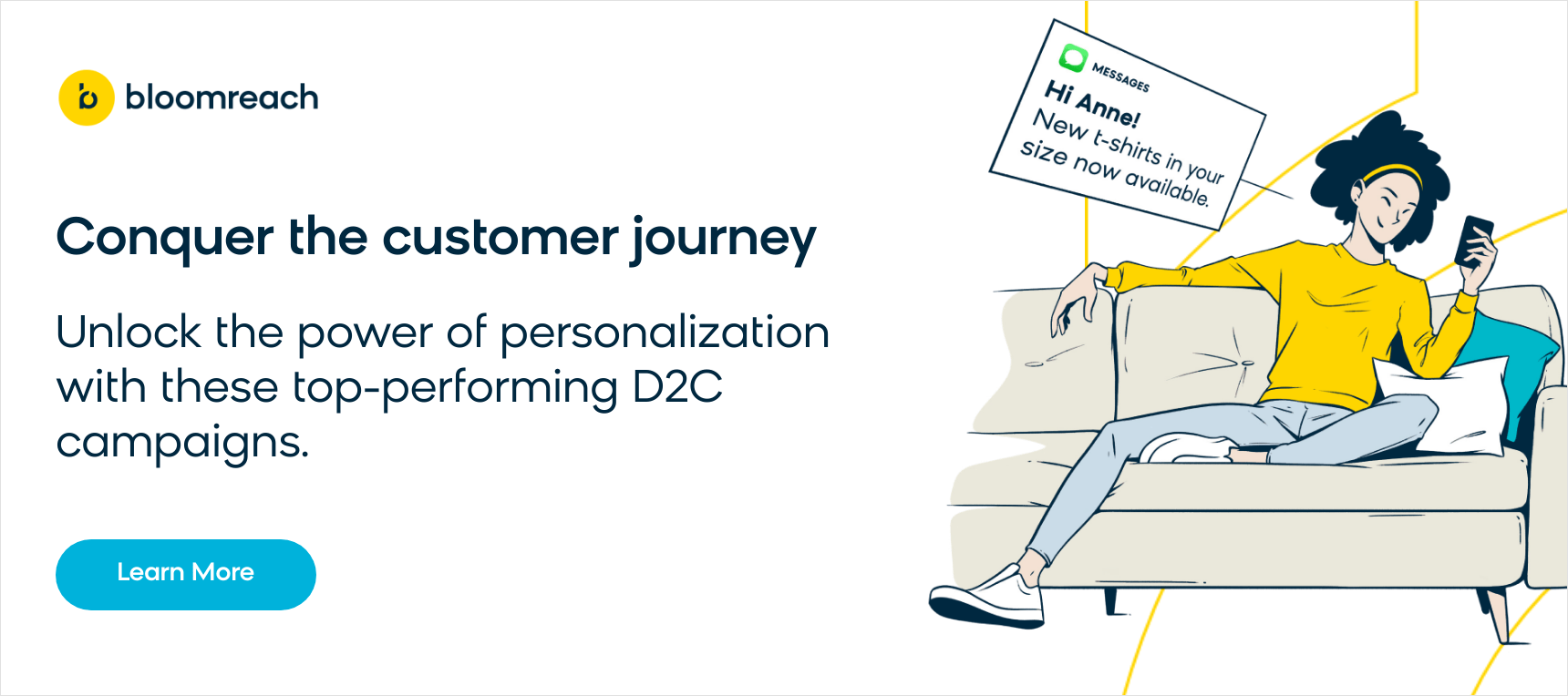How To Increase Average Click-Through Rate
By Donna-Marie Bohan
09/18/2023

ROI, PPC, CPL…the world of marketing measurement is no stranger to an abundance of acronyms. However, one metric you definitely don’t want to miss is click-through rate (CTR).
First, let’s define click-through rate. CTR is the number of clicks received per number of impressions. Simply put, it tells us the number of people that clicked on an ad relative to the total number of people that saw it.
Your CTR is an important metric because it indicates how many people are interested in your products and click on your ads to learn more or take some kind of action. Essentially, it’s incredibly useful for measuring campaign effectiveness. Read on to learn more about what a good CTR is, why it matters, and how to improve this metric.
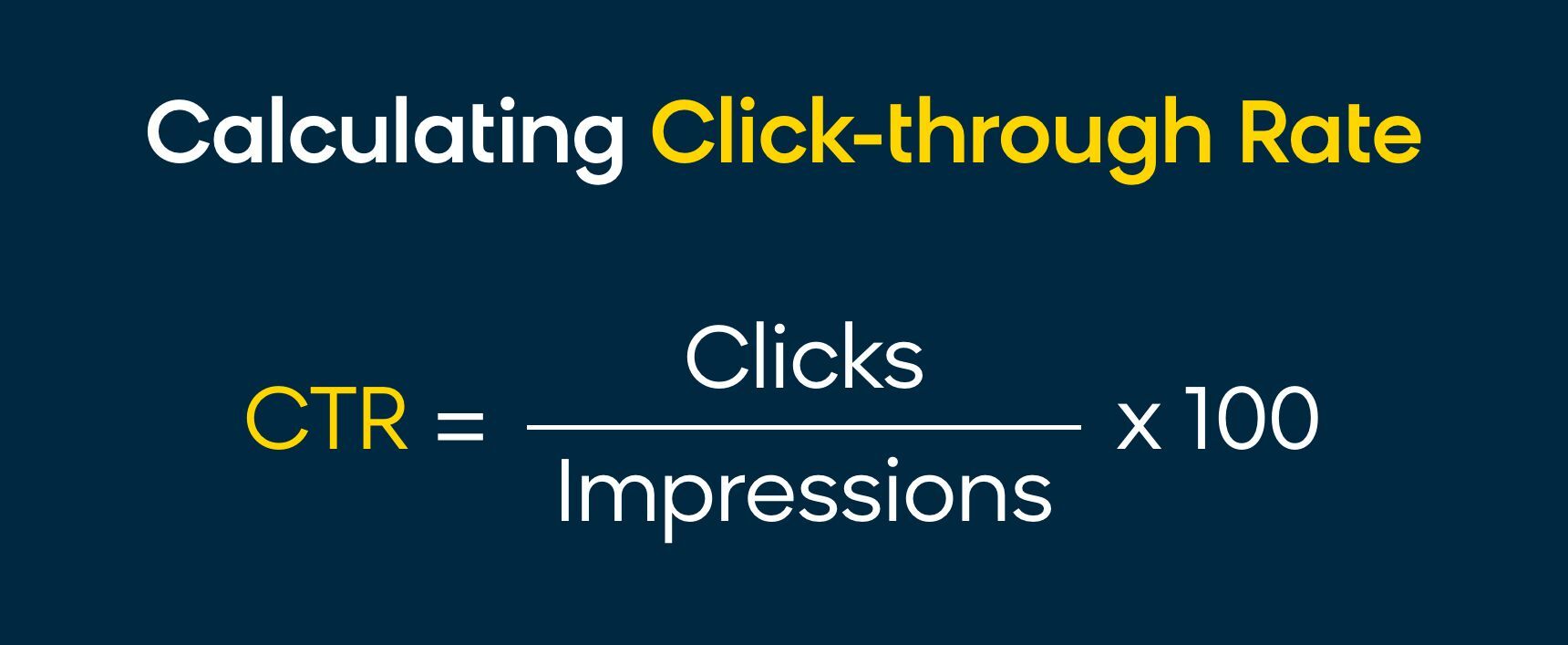
What Is a Good Click-Through Rate?
What is a good click-through rate? That’s the million-dollar question. But that’s like asking someone what a “good” color is. The answer is…that there isn’t really a single right answer. A good or high click-through rate varies depending on the type of industry you’re in, the marketing campaign you’re running, the type of ad or platform you use, and so on.
A click-through rate of 2% or above is considered good, but some industries may have higher or lower benchmarks. Ad formats may also play a factor in determining whether or not a CTR is “good.” For example, a CTR of 2% may be good for a display ad campaign, but for a search ad campaign, a 5-10% CTR may be the mark to hit. A good CTR, therefore, varies widely based on the context.
Still, it may be helpful to look at sources of information on average click-through rates per industry in order to find some useful benchmarking data. The benchmarking tool in Google Analytics allows you to compare your performance to that of your industry peers who share their data. This provides valuable context, enabling you to set meaningful CTR targets.
WordStream is another popular source and publishes an annual report on average CTR by industry based on data across its client base. Additionally, HubSpot publishes a report on the average CTR of email campaigns based on its customer data as well as CTR benchmark data for Google AdWords (which includes display ads shown via the Google Display Network and search ads). Smart Insights also publishes a comprehensive report on average CTR for paid search, display, and social, which has variations based on marketing channel, ad format, country, and more.
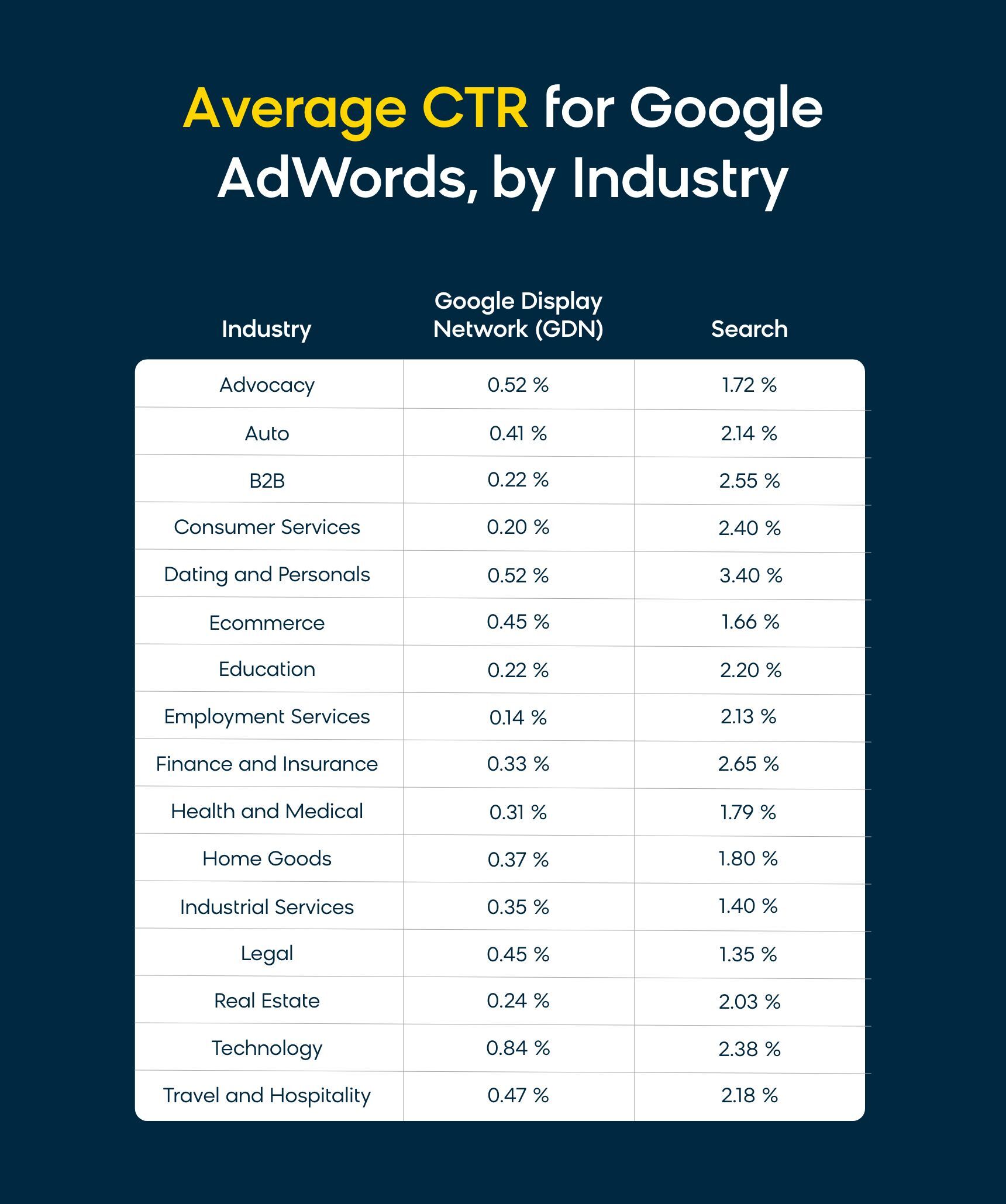
While these sources may provide useful benchmarks and an industry average, it’s important to note that your own campaign performance may vary depending on your specific targeting, creative, and other factors. That’s why you should regularly monitor your own campaign performance and make data-driven optimizations as needed.
CTR is just one metric to measure the success of your campaign. You should consider other metrics such as conversion rates, cost per click (CPC), return on investment (ROI), and engagement rates to get a more comprehensive picture of your campaign's performance. You should also strive for above-average CTR if you really want to win over your competitors.
Why Does Click-Through Rate Matter?
So you know what click-through rate means and you maybe have an idea of what “good” looks like. But why do we measure average click-through rates in the first place? CTR is a key indicator of the effectiveness of your marketing campaign and the relevance of your message to your target audience. Here are some reasons why CTR matters:
Higher Conversions and/or Revenue
A high CTR indicates that your ads or marketing message is relevant to your target audience, which can lead to higher conversions and more money for your business.
Improves Your Quality Score
Search engines place a premium on an excellent click-through rate. This trend makes sense because in the pay-per-click (PPC) business model, the more people click, the more money search engines make. Google Ads also uses CTR as a factor in determining your ad's quality score, which can affect the cost per click and ad position of your PPC ads. A higher CTR can lead to a lower cost per click — this can lead to higher quality scores and can help you get more value out of your ad spend.
Reduces Your Ad Spend
Google’s Quality Score formula factors in expected CTR (or how your ad is expected to perform). The higher your expected CTR, the higher your Quality Score and ad rank, and the lower your cost per click and cost per action. Using a click prediction algorithm can help you accurately predict a customer’s motivation to click on an ad, and can therefore reduce the costs of your ad campaigns while maintaining the same overall conversion rate.
In this way, CTR is an important metric to track because it measures the effectiveness of your marketing campaigns, helps you optimize your messaging, and can impact your overall ROI.
How To Improve Your Click-Through Rate
It’s clear that getting a higher CTR is important, but how exactly do you achieve this? The answer, again, is it depends. Different channels and audiences may require different methods to drive clicks.
Here are some best practices you can apply to each channel to help you boost your CTR:
Ads
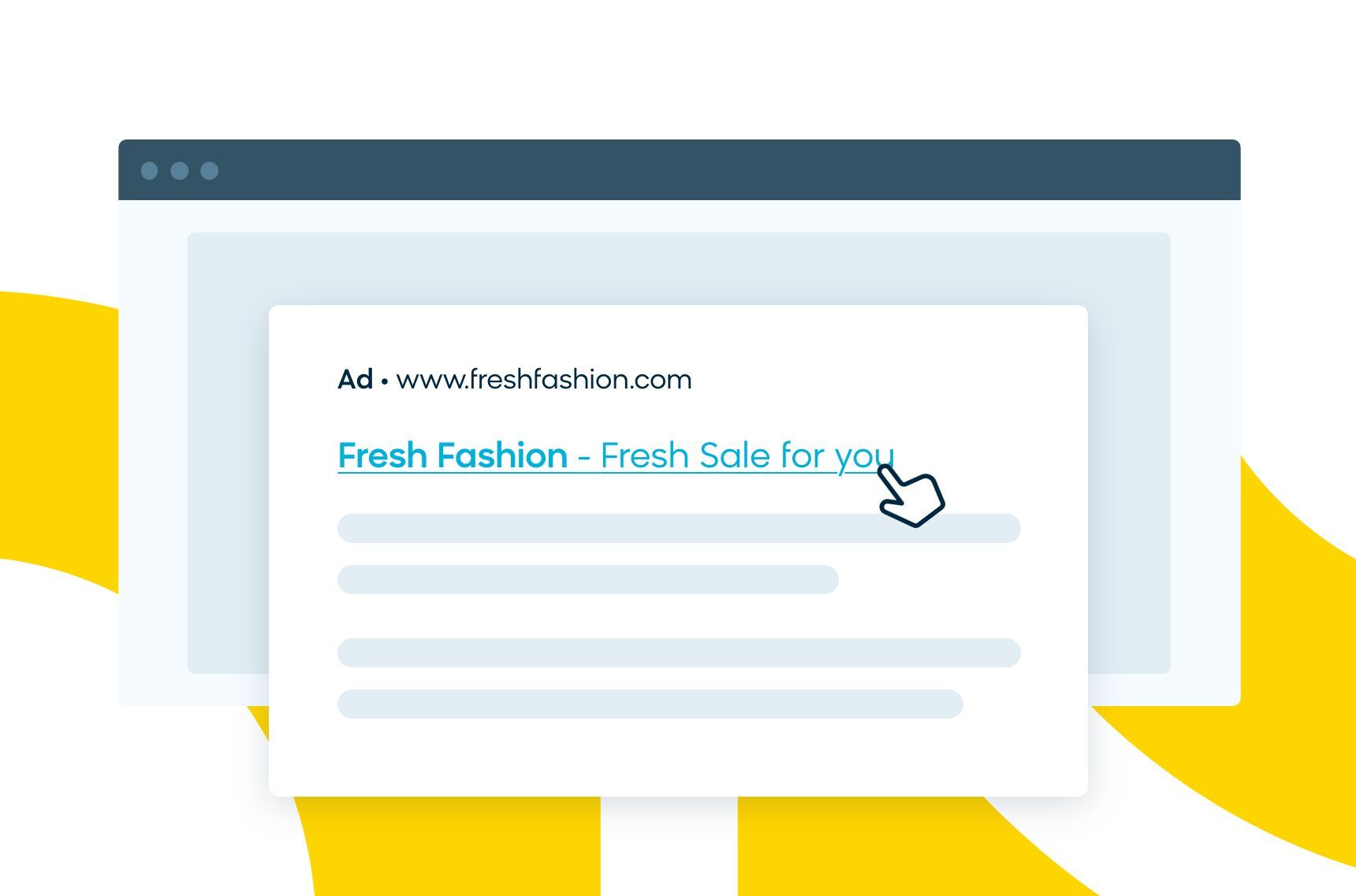
While the CTR you want to aim for will differ based on the type of online advertising you're running — whether it's banner ads, search and display ads (e.g., Google ads), or social media ads — you can still apply these tips for each of them:
- Use targeted keywords. Keyword research can help you find the right keywords for your online ads that are relevant to your audience and business. The right keywords will help make sure your ad appears in front of people who are more likely to be interested in what you have to offer, resulting in more qualified leads.
- Keep your copy short and sweet. When it comes to online ads, you don’t have a lot of space to work with. Use your keyword(s) in the headline and use easy-to-understand language instead of technical terms of jargon to get people to read your ads and click.
- Retarget your ads. With retargeted ad campaigns for search and display, you’ll target users who have already interacted with your website or products. This is a great way to keep your brand top of mind and reengage your potential customers, especially if you personalize your retargeting strategy.
- Test and optimize: While testing is something you should do for every channel, this is especially true for ads. Try using a variety of ad formats, devices, copy, and imagery to see what works. Refine your parameters and continuously optimize your campaigns based on your data and insights to make your ad spend more effective.
By implementing these techniques, you’ll be able to see significant results for your ads — not just click-through rate, but also conversions and return on ad spend (ROAS). Learn how home retailer 4Home created lookalike audiences for retargeting to boost CTR with its social ads and drive an impressive 800% increase in ROAS.
Email Marketing
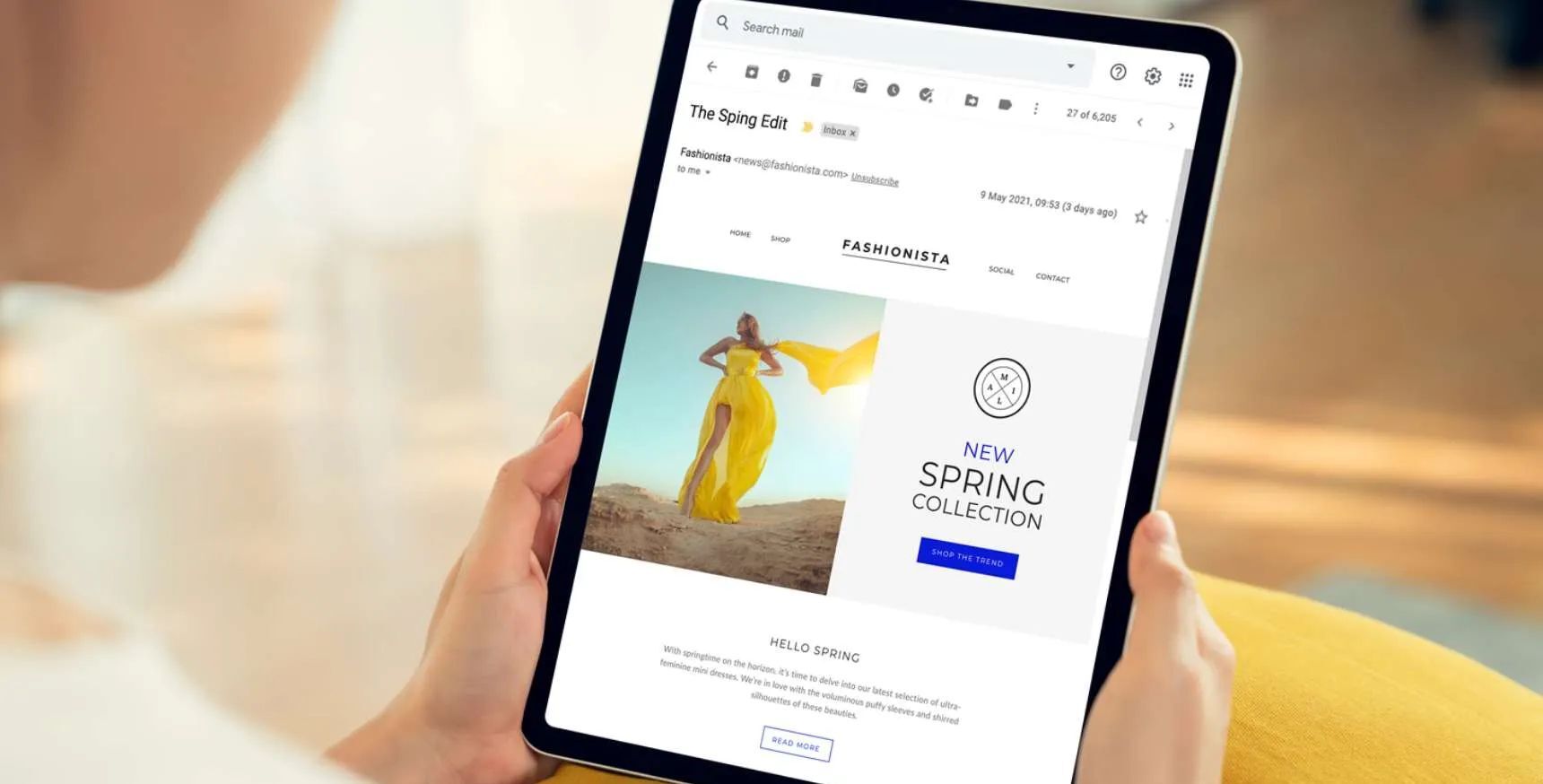
Email has long been a crucial part of any marketing campaign, and that’s not going to change anytime soon. But with basically every ecommerce brand using email to some degree, you’ll need to make sure you do more with your emails to stand out and get the highest CTR possible.
- Keep subject lines short. You have limited space here, so make sure your subject lines are catchy and get your audience to open the email (can’t have click-throughs without opens!).
- Engage with eye-catching imagery. High-quality imagery can draw your audience in, communicate your message clearly, and entice people to click through. Be mindful of how the visuals look on mobile devices, as well.
- Use clear and relevant CTAs. Your call to action (CTA) should be clear, concise, and actionable for greater engagement and conversions. Do you want to drive people to a landing page, schedule a call, or check out a demo? A good CTA will compel users to click through to learn more.
- Personalize your emails. Email personalization is definitely the best way to improve your CTR. That’s because personalization allows you to offer your audience a curated experience with your brand that caters to them on an individual level. The more relevant and personalized your emails become, the better they perform with increases in open rates, CTR, conversions, and revenue gained.
Scottish craft beer company BrewDog applied personalization to its email marketing campaigns to great effect. By using personalized data on a test group of recipients, the company was able to improve its click-through rate by 15.6% and its conversion rate by 11.5%.
Here's how you can track against CTR benchmarks for your emails in Bloomreach Engagement:
SMS/MMS and In-App Messaging
While email is historically known as the go-to way to market your business online, SMS marketing is a rapidly growing favorite for brands looking to connect with their customers. It’s not just a trendy, modern way to reach your audience — 9 out of 10 consumers prefer to communicate with businesses via text messaging.
SMS campaigns are effective because they let you send messages to customers in real time and allow for hyper-focused communication and interactions. In fact, the average CTR for SMS is 19%, which is much higher than email marketing and Facebook advertising. With higher average CTR, SMS campaigns can therefore really take your marketing success to the next level.
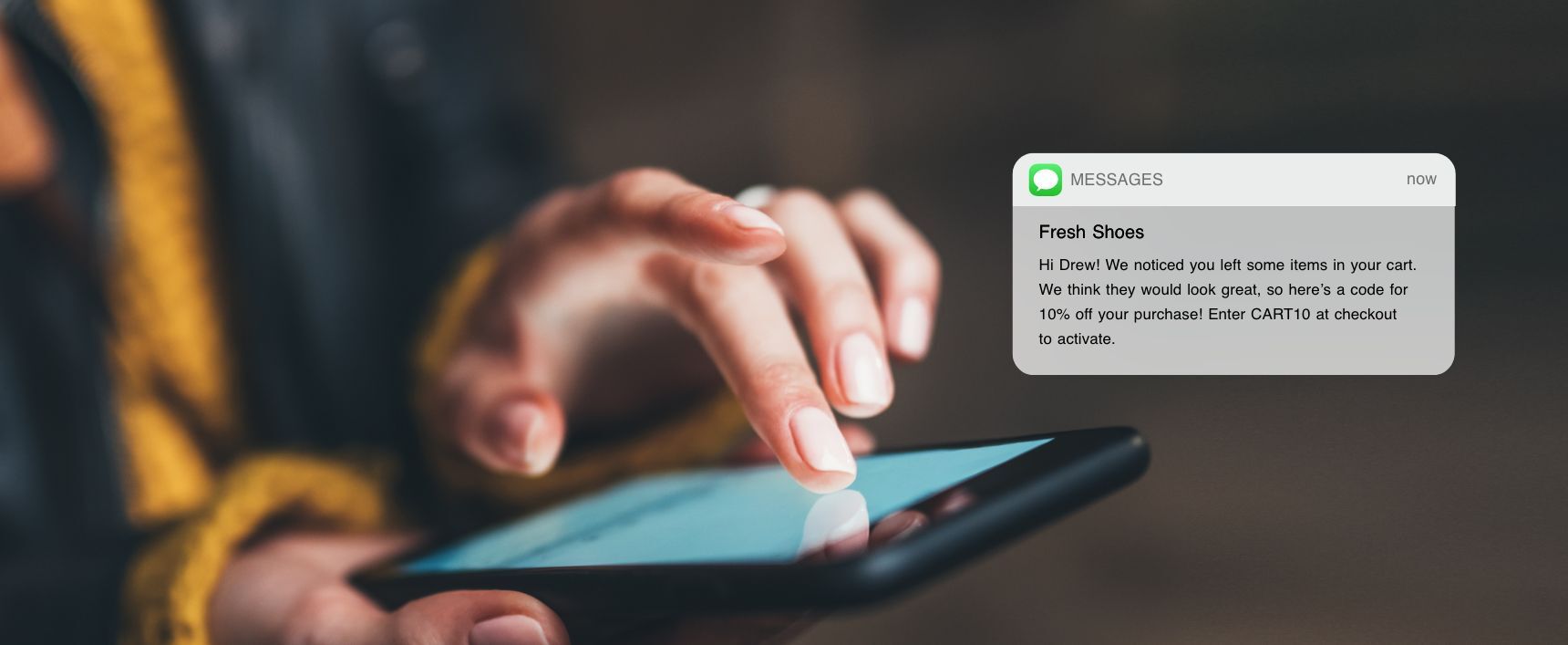
Here’s how you can do this effectively:
- Make it worthwhile. Because SMS is a direct line to your customers’ phones, you need to provide value with every mobile message you send. Share a special or exclusive offer, a time-sensitive deal, information on events, sneak peeks, and more to get them to click instead of marking your message as spam.
- Use MMS wisely. The benefit of MMS marketing is that you can use images, GIFs, or videos to really stand out and capture your audience’s attention. However, using this too much will only dilute its effectiveness — save it for when you need to make a splash.
- Keep it short and personalized. Like ads or email subject lines, you’ll want to get right to the point with your mobile messages. Be sure to personalize the content to give your recipients a reason to click through.
Weblayers and Product Recommendations
A powerful way to boost CTR is to reach your visitors as they’re browsing your site through product recommendations. Here are some strategies:
- Personalized product recommendations. Personalized recommendations that are based on user behavior and preferences tend to be more effective than generic recommendations. Consider using data on a user's browsing and purchase history to offer personalized recommendations.
- Dynamic recommendations. Dynamic recommendations change in real time based on user behavior or the context of the page. For example, showing recently viewed items or products that are currently trending can entice users to click through.
- Social proof. Social proof can be a powerful motivator for users to click through on product recommendations. Highlight products that are popular or highly rated by other customers.
- Clear and descriptive titles. This gives users a clear idea of what they can expect if they click through.
- Optimize the placement of product recommendations. The placement of product recommendations on the page can have a big impact on CTR. Consider placing recommendations in a prominent location on the page, such as above the fold or in a sidebar.
Another way to amplify the on-site experience is through weblayers, which are personalized banners that can be used on specific pages to engage and convert a specific audience.
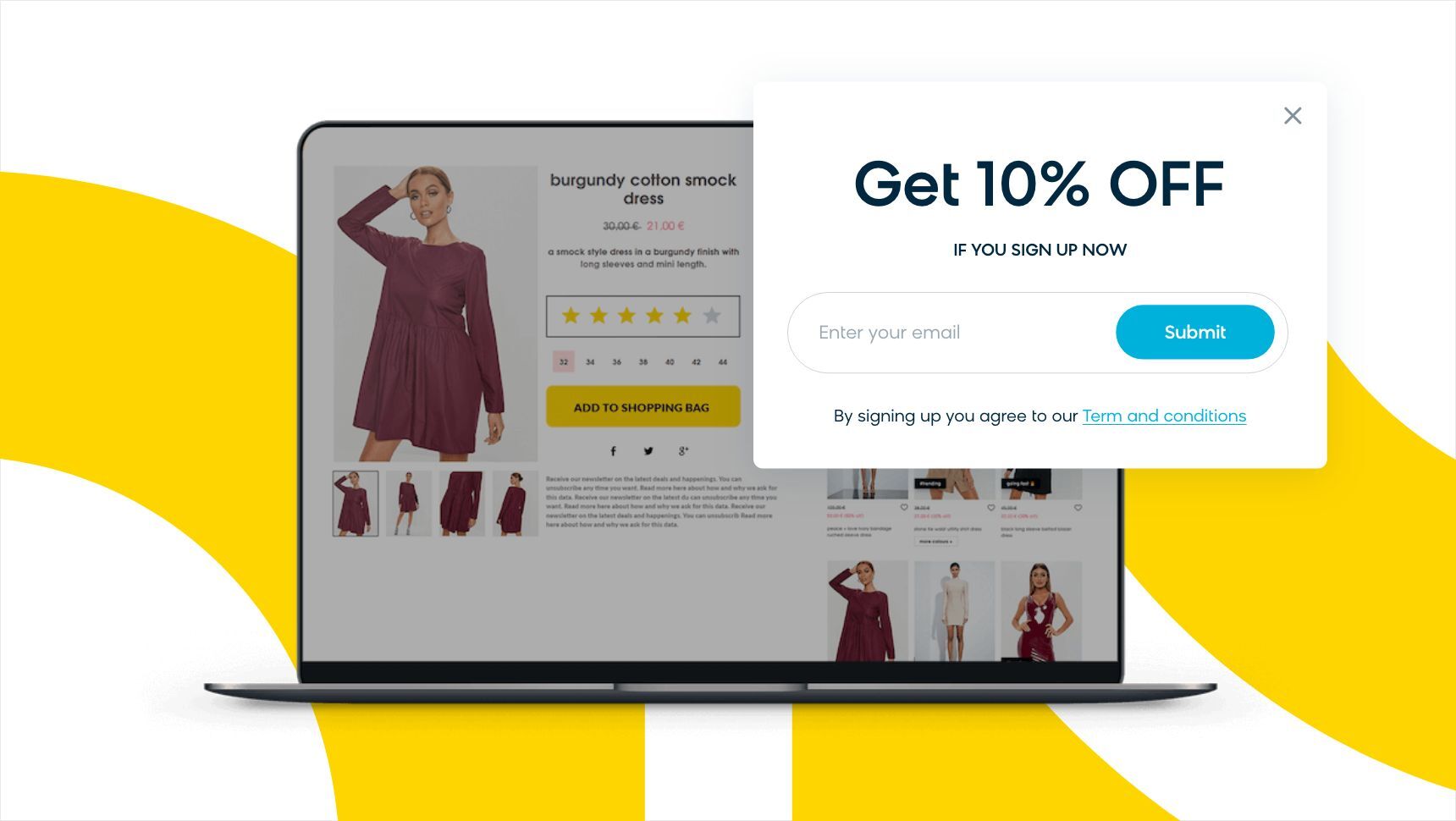
Weblayers have multiple uses and are generally good as call-to-action solutions. They tend to be used to:
- Highlight important information that can change customers' behavior, such as free shipping
- Incentivize subscription to push notifications or newsletters
- Gather information through surveys or update customer attributes
- Create demand by showing how many people are buying/looking at a product
By using product recommendations and weblayers, you can boost your click-through rate while providing a better user experience for your customers.
Just look at beauty and cosmetics brand Yves Rocher. In order to create a better shopping experience for both returning customers and first-time visitors, it turned to Bloomreach Engagement to serve personalized recommendations. Even if someone was anonymous, their browsing behavior would result in product recommendations that matched that behavior (which would then be further enhanced once they created a profile).
As a result of personalizing the on-site experience, Yves Rocher saw a 17.5x increase in the number of clicks on a personalized recommendation vs. a generic “top seller” recommendation.
Boost Your CTR With Bloomreach Engagement
If you want to effectively improve your click-through rates across all your channels, look no further than Bloomreach Engagement. By unifying all your customer data through a powerful customer data engine, Bloomreach Engagement makes it easy to automatically personalize your emails, SMS/MMS, ads, website, mobile app, and more — all in real time.
The real-time nature of the solution is key here, as this ensures you never miss the mark for your intended audience. Sending more relevant messages right when they’ll have the most impact will not only boost your CTR, but also conversions, ROAS, and customer lifetime value.
It’s time to revamp your marketing strategy and focus on your CTR. Not sure where to start? Try creating an automated welcome email series to improve click-through rates among new customers.
Found this useful? Subscribe to our newsletter or share it.

